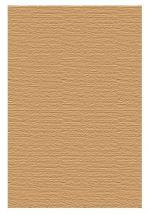|
This section contains 2,110 words (approx. 8 pages at 300 words per page) |

|
SOURCE: "Hamlin Garland's 'Decline' from Realism," in American Literature, Vol. XXV, No. 1, March, 1953, pp. 69-74.
Duffey is an American educator and critic whose books include Modern American Literature (1951). Below, he asserts that for Garland "reform and realism were never in themselves primary literary or intellectual pursuits, " and that he largely made use of these ideas in his writing so that he could further his literary success. For a response to Duffey's argument, see the 1954 essay by James D. Koerner.
The place of Hamlin Garland in the history of American writing is by this time a familiar and even a conventionalized one. He is pictured as the turn-of-century young Westerner full of an anger against the injustices of Middle-Border life bred out of a combination of a hard upbringing and an early exposure to [Henry] George's single-tax doctrine, who wrote the reformist stories contained in Main-Travelled Roads. Thereafter, for...
|
This section contains 2,110 words (approx. 8 pages at 300 words per page) |

|


